Our Multi-agent Orchestration Platform
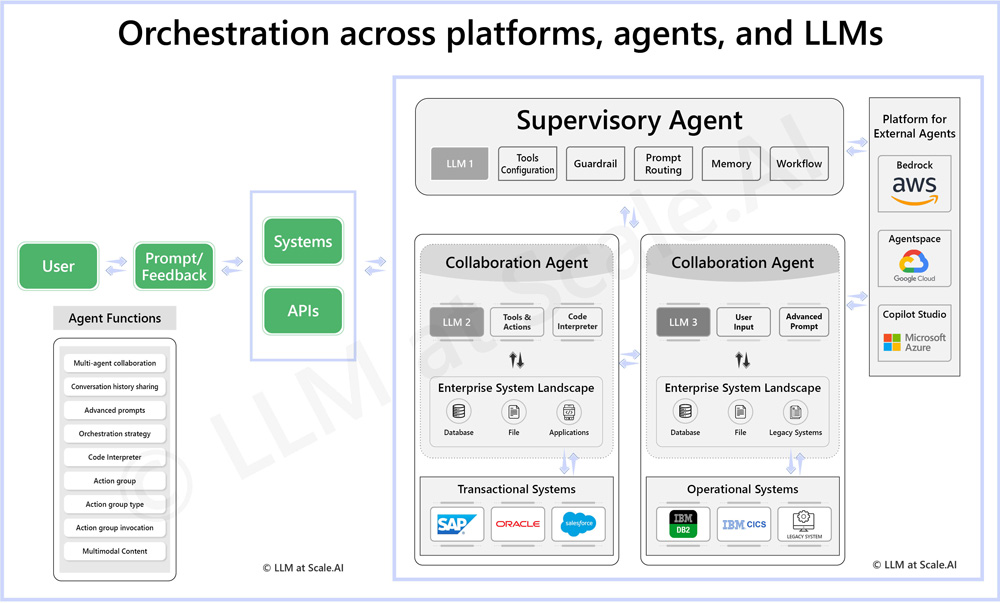
Orchestrating LLMs boosts performance, efficiency, and scalability, reducing costs by coordinating multiple models and optimizing resources.

This strategic guide to enterprise AI adoption covers essential concepts and terminology, explores core technology building blocks and architectural frameworks, and delivers actionable implementation strategies. An essential resource for leaders integrating AI into organizations.
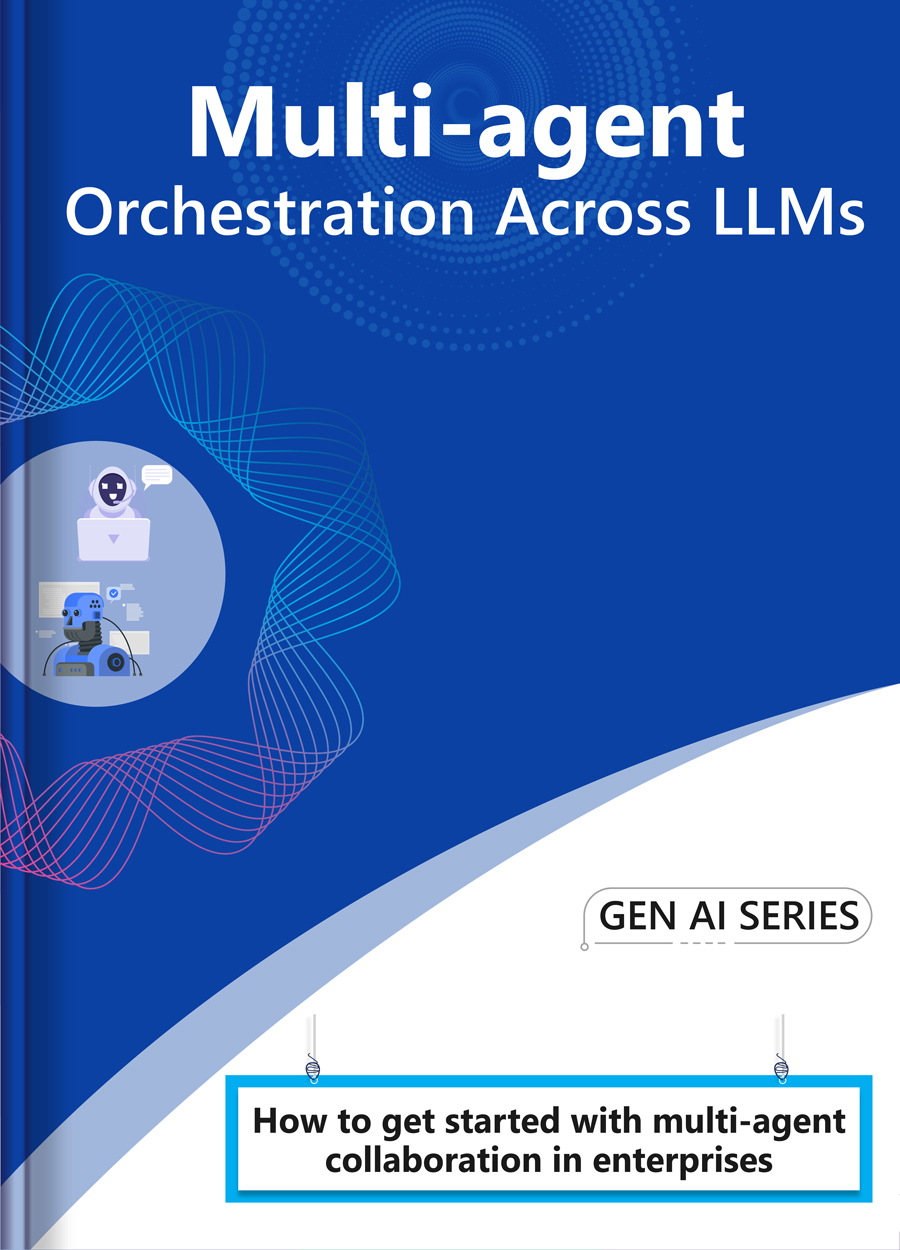
Discover the collaboration of human feedback and an LLM, serving as a judging team at the DMV.
Learn how they combine to enhance decision-making.
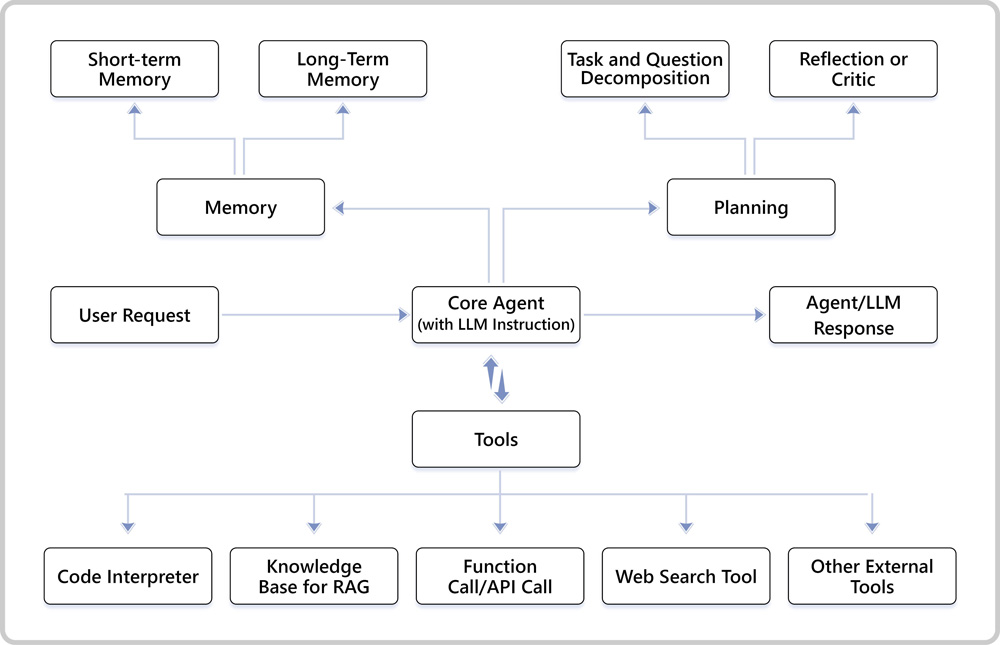
We excel in designing autonomous agents with advanced decision-making and adaptive interactions, optimizing actions through reinforcement learning for intelligent solutions.
We bridge traditional and agentic approaches by empowering agents with autonomy and adaptability. Unlike static scripts, our agents learn and make dynamic decisions. Trust us for intelligent, evolving solutions.
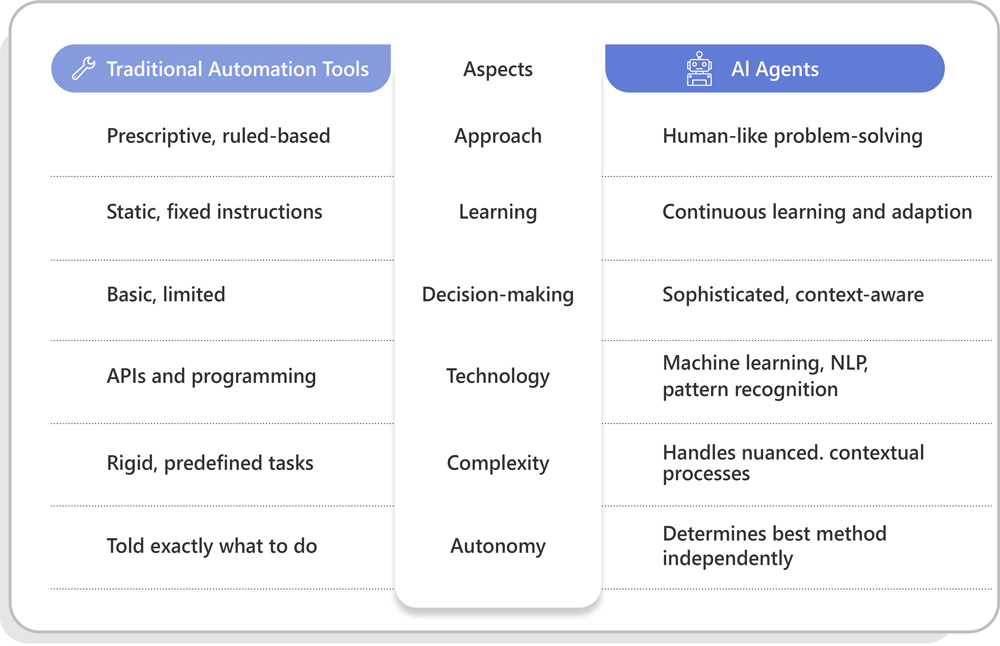
Energy agents minimize waste and enhance efficiency, ensuring optimal resource use.
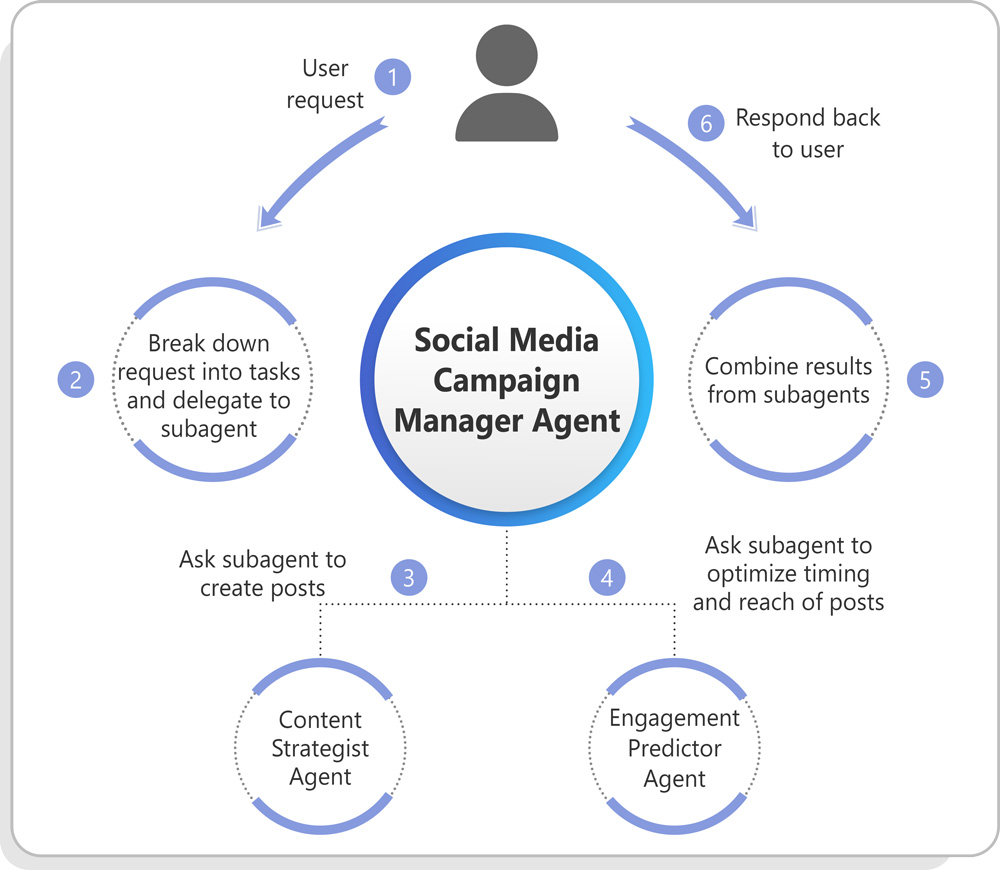
We specialize in developing autonomous systems that improve energy efficiency using real-time data. Our innovative solutions promote sustainability and reduce waste. Trust us for smart and efficient energy management.
By optimizing development efforts, time, and resources, this approach facilitates quick adaptation to changes, streamlines processes, reduces costs, and accelerates innovation, enhancing competitive advantage.
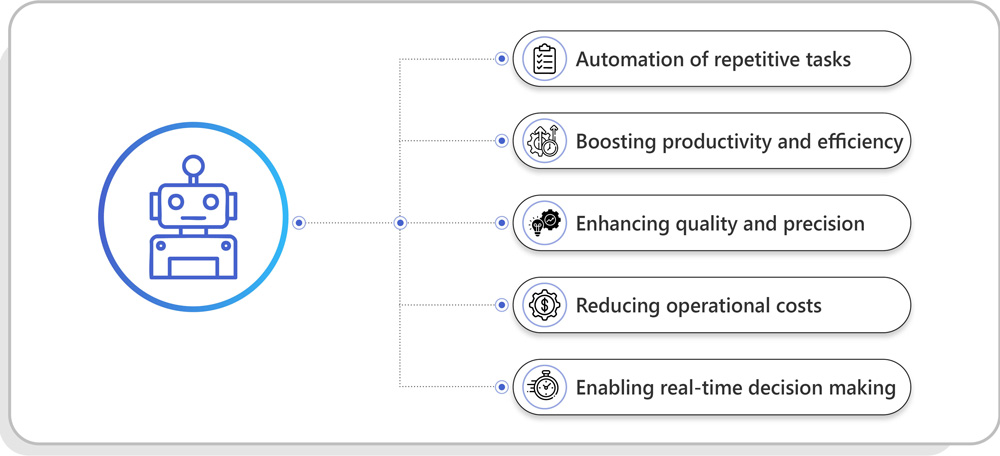
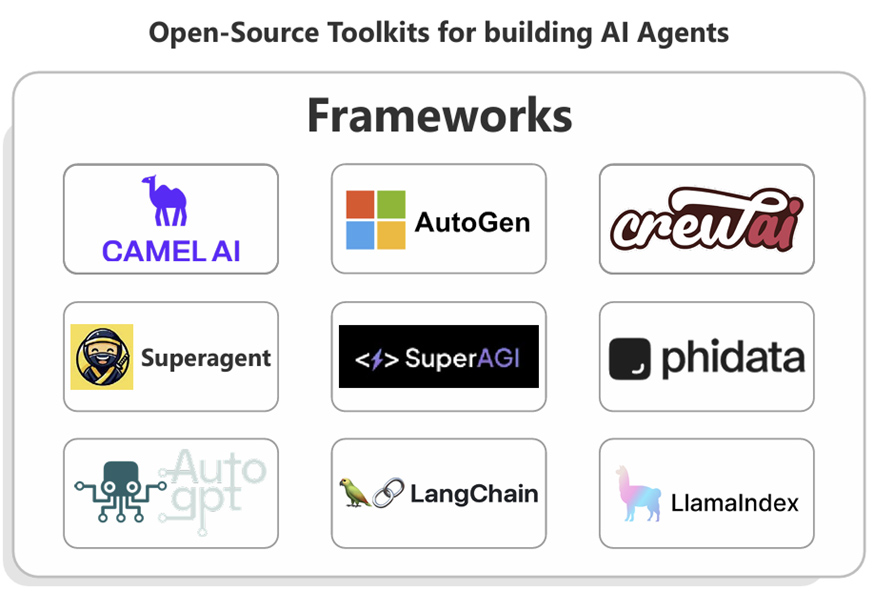
Open Source Agent Ecosystems enable sophisticated automation without proprietary constraints, leveraging foundation models to create transparent AI solutions while maintaining governance standards.